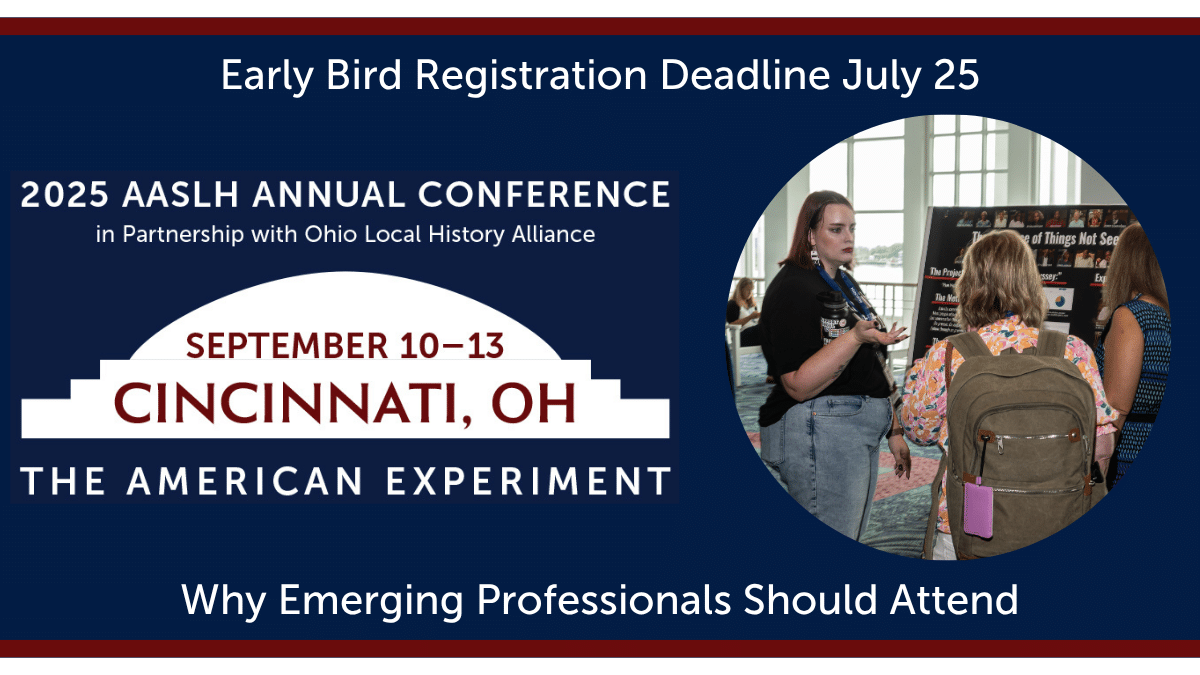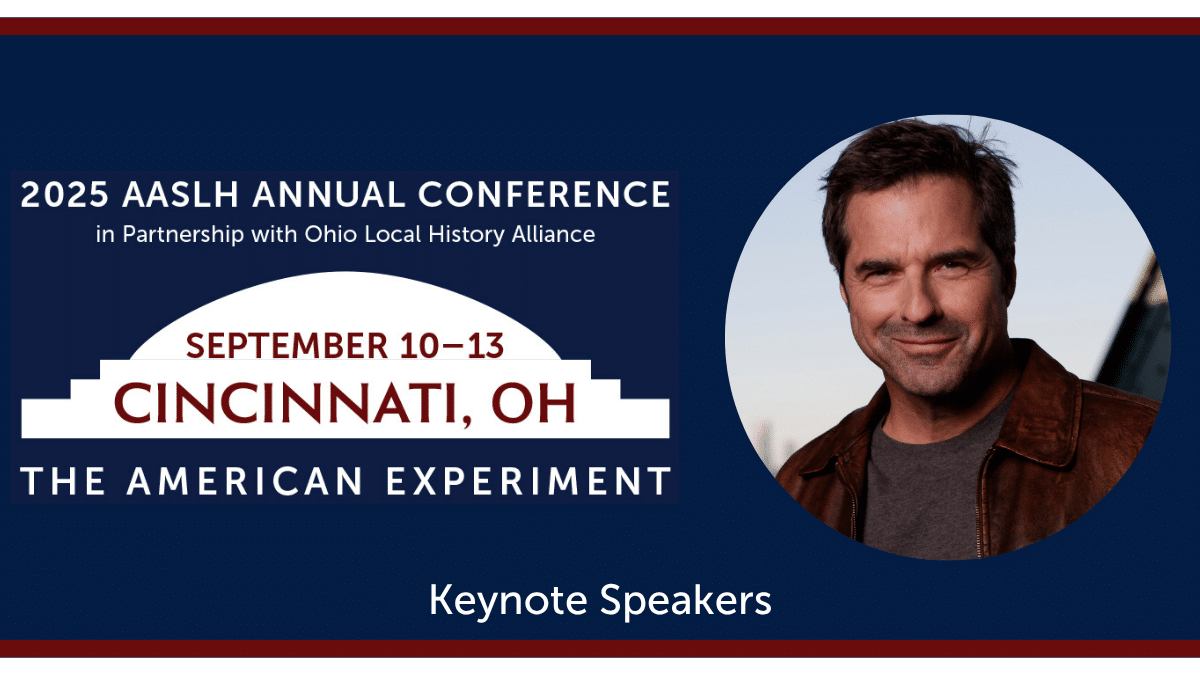
By Sara Francis, Glenwood Springs Historical Society & Frontier Museum, Glenwood Springs, CO
I am grateful to AASLH for awarding me the New Professionals scholarship to attend the Exhibit Makeovers workshop in Denver last month. New Professional – the term itself makes me itch. As a career librarian, I thought the transition to museums and archives would be more seamless, but there is a huge learning curve. As part-time archivist in a small-town historical society and historic house museum, I have been tasked with the work of archivist, research librarian, and registrar. My director and I share the responsibilities of curation and exhibit work, but we haven’t made significant changes to the exhibits in several years.
The class was a diverse mix of large and small museum staff, solid and shaky budgets, and varying skill level. Though I was excited to have the class at History Colorado and tour some of their exhibits, I started off feeling intimidated: We’re not History Colorado, we can’t do that…
I think it’s easy for small, underfunded organizations to get intimidated by the big sites, and to feel like we don’t have the resources to do great work. But I left the workshop with a better sense of scaling projects for what we can do.

Workshop participants use education collection objects from History Colorado for an exhibit planning exercise.
Ultimately, what I appreciated most about the class was that each step in the exhibit design process served to answer a question. I can take questions of story and community back to my museum and start small. I can take a corner of a room or small display case and tell a new story. Our instructor, Ann Craig, was also helpful one-on-one. I was stumped on the lesson of forming a committee to design an exhibit. How do I scale that when I work part-time and in a small community? She helped me generate creative ideas to gather community input on a potential exhibit idea.
Back in Glenwood Springs, I am inspired to make exhibit changes in our museum. There are still things I need to learn about fabrication and physical design, but I understand the workflow of an exhibit now. I tend to get impatient when I look at all the work to be done, but after the workshop, I understand that meaningful change doesn’t happen overnight. Now I have the tools to think strategically about how to make incremental changes to the interpretation in our museum and how to make it more meaningful for our visitors.
Learn about upcoming continuing education events on our calendar.
Read more about AASLH professional development scholarships here.



